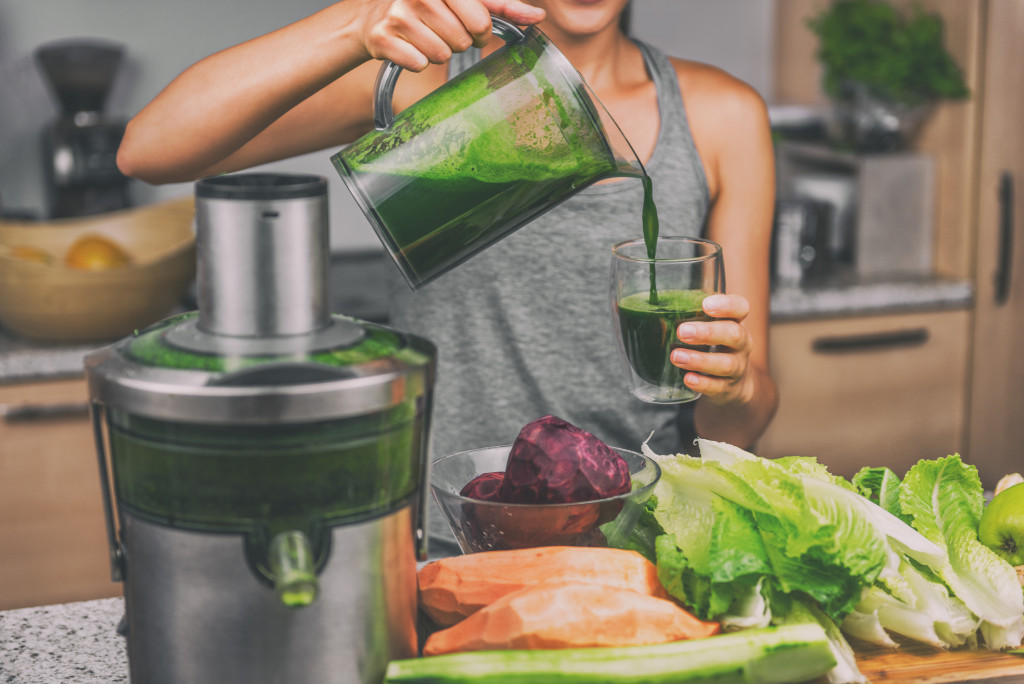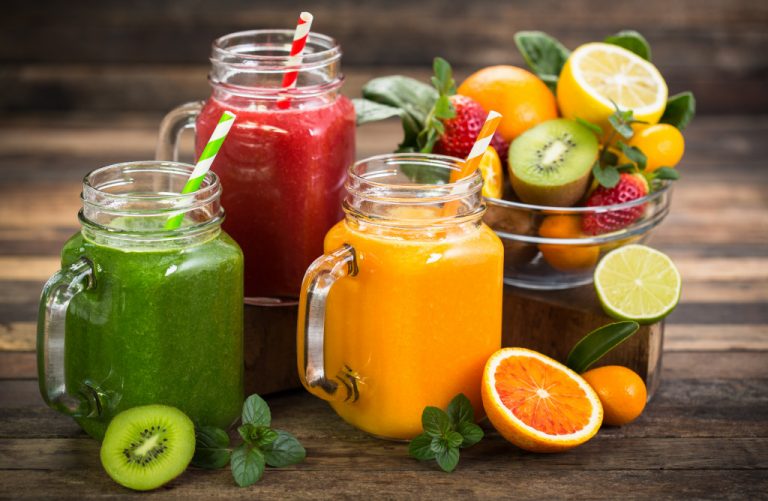Today, more and more consumers are becoming conscious about their health and the things they purchase. Some are switching to more intentional habits, while others are opting for a healthier diet. Among the best options available in the market are fruits and vegetables. But they’re not only used as parts of our meals. They are also changing the beverage industry.
For one, the popularity of fresh juices is a great example of the ease of consumption of healthy fruits and vegetables. People are flocking to juice bars for drinks that don’t just taste amazing but are also healthy. There’s no doubt that juicing is a great attraction for business-minded individuals. Listed below are the first steps into starting a juice bar startup.
1. Pick a concept
The first thing to think about is the concept of your juice bar business. This includes the bar’s theme, the ingredients you will use, and the type of service you’ll implement. For instance, you can run a mobile juice bar that offers health tonics, vitamin supplements, and organic produce. Or, you can for a smoothie kind of shop where customers can personalize their drinks. They can choose the base of their smoothie and even the additional ingredients or toppings. Coming up with a basic idea will be your guide in getting more detailed with your business.
2. Choose the location
Once you already finalize a concept for your bar, it’s time to check pick the location for your business. If you’re planning to start in the most affordable way, your home is the best place to do it. All you need is a decent-sized kitchen, a commercial blender or juicer, and a social account to promote your juices. If you have an extra budget and going for a mobile juice bar cart or truck, you’ll still need to plan for the most desirable stops. You can explore local crowded areas, park at food markets, or find festivals near your town.
But if you’re planning for a permanent commercial space, you’ll need to consider a lot more things than your concept and target customers. You’ll need to consider your long-term business goals, budget, and even the nearby establishments.

3. List equipment and supplies
Apart from location, equipment is another huge expense to take into account. The number and type of equipment you’ll need will depend on how you plan to sell your drinks. Make sure to only buy from trusted vendors and that the equipment is designed for business use. For instance, a regular home juice won’t suffice for the demand of orders. Instead, you should invest in commercial bar blenders and accessories to provide high-quality juices to customers. Other pieces of equipment you need include juicers, freezers or fridges, containers for fruits and vegetables, hand washing facilities, and prepping knives.
When it comes to supplies, it’s best to opt for local seasonal produce. If you can access locally grown fruits and vegetables, ensure the produce supplier operates up to industry standards. Also, pick a supplier that specializes in your chosen concept. If organic produce is your focus, find a supplier that follows pesticide-free farming practices. You’d also need to consider other factors such as fair trade certification, produce selection, and specialty items.
4. Plan your budget
Starting and managing a business requires a budget. Many new businesses create and use road maps to maintain a healthy cash flow. But it can take months before you can make a good profit, which is why a budget is crucial. You need to know how much you can invest and the funding you’re likely to get. In determining your overall startup cost, consider things like construction expenses, storefront expenses, permits and licenses, and juicing equipment. The variable expenses are your juicing ingredients and promotional requirements, while your fixed costs include your commercial space rent.
5. Design your menu
For the fun part, it’s time to plan out your juice bar menu. There are thousands of juice and smoothie combinations you can choose from. But since you’re starting out, it’s safe to keep things simple. Quick to prepare beverages like banana smoothies and green juices will sell well. If you’re selling from a juice cart or truck, it’s best to start with at least four to eight options. Fewer options can help you with stock control and prevent waste of ingredients. Starting with a big menu can only result in customer paralysis.
Juicing is an excellent way to acquire all those plant components, minerals, and vitamins. By starting your own juice bar business, you are making it easier and faster for the consumers to get the expected health benefits. Enter the highly profitable beverage industry the right way by following the steps in this guide.




